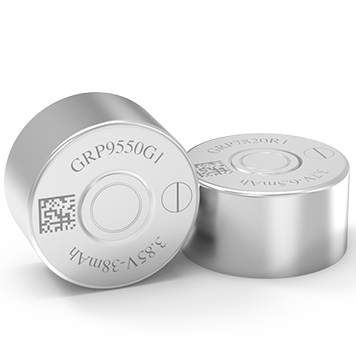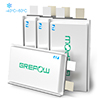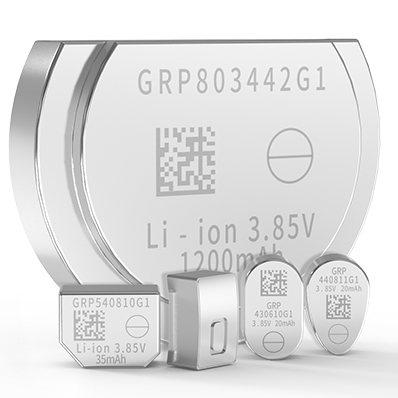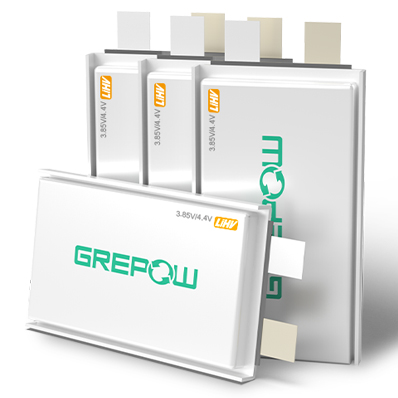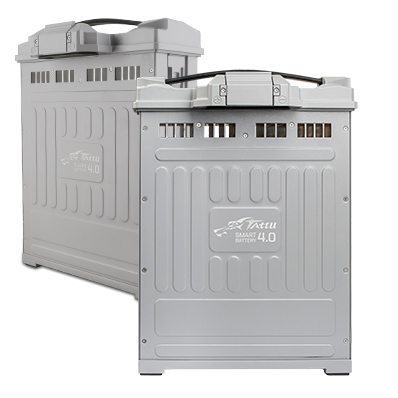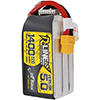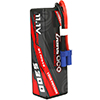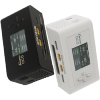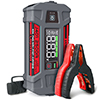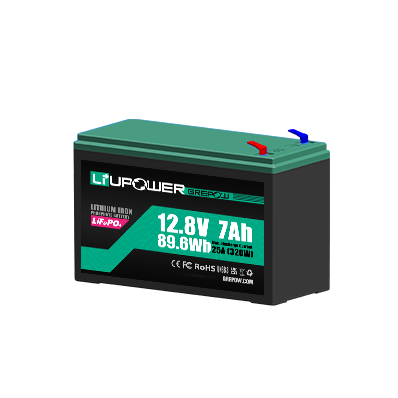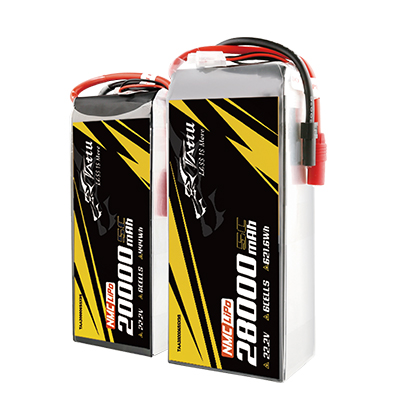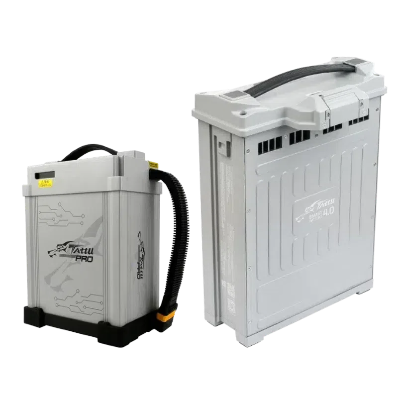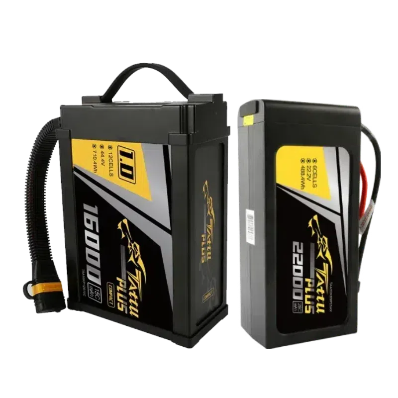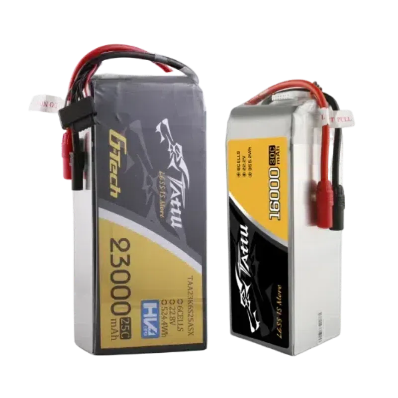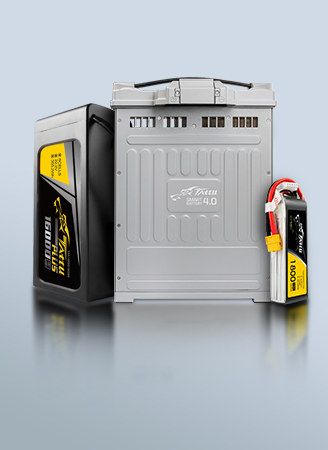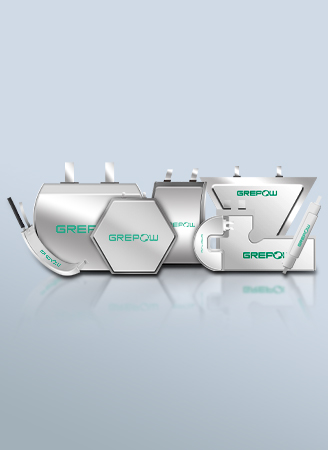What Are the Types of Unmanned Aircraft Systems (UAS)?
Unmanned Aircraft Systems (UAS) have revolutionized industries ranging from agriculture and aerial photography to national security and scientific research. Their versatility and adaptability have led to a proliferation of different types, each designed for specific purposes and operational environments. As these systems continue to evolve, understanding their classifications, capabilities, and terminology is essential for both practitioners and newcomers alike.
What Does a UAS Stand For?
"UAS" stands for "Unmanned Aircraft System." This term encompasses not only the unmanned aerial vehicle (UAV) itself but also all the associated components necessary for its operation, including the ground control station, communication links, and other support equipment. Understanding that UAS is a system is crucial, as it highlights the interconnectedness of these components in enabling unmanned flight operations.
What Does sUAS Mean?
The term sUAS refers to Small Unmanned Aircraft Systems. The Federal Aviation Administration (FAA) typically defines these as systems weighing less than 55 pounds (25 kg). sUAS are widely used in both recreational and commercial applications due to their manageable size, ease of deployment, and the relatively straightforward regulatory framework that governs their operation.
UAS vs. UAV: What’s the Difference?
The terms UAS and UAV (Unmanned Aerial Vehicle) are often used interchangeably, leading to some confusion. While they both refer to aircraft without a human pilot on board, UAS is the more encompassing and technically accurate term.
●UAV (Unmanned Aerial Vehicle): This term refers strictly to the airborne vehicle—the “drone” itself.
●UAS (Unmanned Aircraft System): This term includes the UAV along with all supporting equipment such as ground control stations, communication systems, and associated software.
In short, every UAV is a part of a UAS, but the UAS is a complete operational ecosystem.
What are the types of UAS?
Unmanned Aircraft Systems (UAS) comprise three primary components: the aircraft itself, sensor payloads, and a ground control station. The ground station, managed by one or more operators alongside a designated pilot (sometimes assisted by a safety observer), varies in design based on platform type and mission requirements. Large UAVs often employ dedicated control systems housed in vehicles or trailers for proximity during operations constrained by range or communication limits. Smaller UAVs, however, typically use portable ground stations—such as laptops or compact equipment—that can be transported in backpacks, boats, or small vehicles. The standard civilian UAS classifications are:
●MAV/NAV (Micro/Miniature or Nano Air Vehicles): Characterized by ultra-compact size (often transportable in a backpack), these operate at very low altitudes (<330 m) with flight durations of approximately 5–30 minutes due to battery constraints.
●VTOL (Vertical Take-Off & Landing): These aircraft do not require runways for takeoff or landing, making them ideal for situations with terrain limitations. They operate at varying altitudes but mostly at low levels. High power requirements for hovering limit their flight duration, except for larger models that can accommodate more fuel.
●LASE (Low Altitude, Short-Endurance): Also known as sUAS (small unmanned aircraft systems), these platforms are optimized for easy field deployment, transport, and recovery without the need for runways. Weighing approximately 2–5 kg with wingspans under 3 m. Their design balances weight and capability, resulting in flight durations of 1–2 hours and operational ranges extending only a few kilometers from ground stations.
●LASE Close: This category includes small UAS that may require runways but have larger sizes and weights, offering increased capabilities. They can operate up to about 1,500 meters altitude and remain aloft for multiple hours, though specially modified aircraft have exceeded these limits.
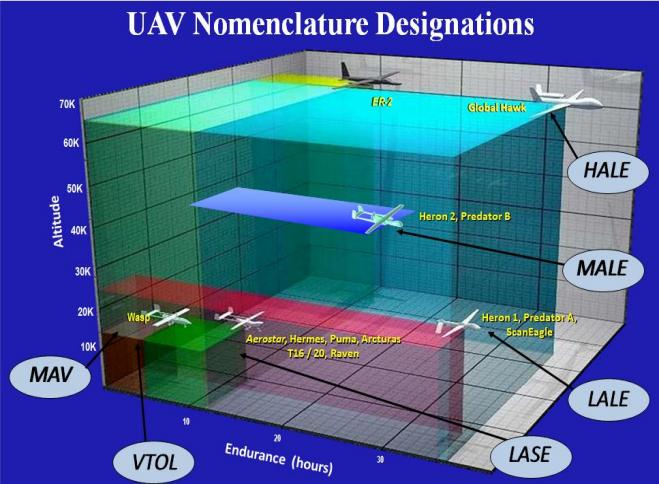
●LALE (Low Altitude, Long Endurance): Positioned at the upper end of the FAA’s sUAS weight class, these carry multi-kilogram payloads to altitudes of several thousand meters for prolonged missions.
●MALE (Medium Altitude, Long Endurance): Significantly larger than low-altitude UAVs, these aircraft operate at altitudes of up to 9,000 m, covering hundreds of kilometers from their ground stations while remaining airborne for many hours.
●HALE (High Altitude, Long Endurance): The largest and most complex UAS, these aircraft are larger than many manned general-aviation planes. They can fly at altitudes of 20,000 meters or more on missions extending thousands of kilometers, with some having flight durations over 30 hours and setting records for altitude and endurance.
Are Battery-Powered Drones Only Used at Low Altitude?
Mostly yes, but exceptions exist. They are most commonly found at low altitudes due to:
●Energy limitations: Batteries offer lower energy density than fuel.
●Flight endurance: Most electric drones fly for 30–90 minutes, which is more suited for low-altitude missions.
●Aerodynamics: Electric propulsion works best for small UAVs in short-range missions
●Power Challenges: Thin air in medium and high altitude reduces propeller efficiency, and cold temperatures drain batteries faster.
However, some high-altitude UAVs use solar-powered batteries (e.g., Airbus Zephyr), allowing long-endurance flights at high altitudes (above 60,000 ft).
Conclusion
Understanding UAS types—from palm-sized NAVs to stratospheric HALE platforms—ensures optimal selection for mission requirements. As technology advances, UAS will continue transforming industries, emphasizing the need for informed, ethical usage grounded in regulatory standards. Grepow has specialized in manufacturing drone batteries for over 20 years. Our batteries feature industry-leading high-rate discharge capabilities and high energy density, underpinned by proprietary engineering innovations. These qualities make Grepow low altitude drone batteries the optimal choice for low-altitude UAV applications—including commercial drones, agricultural UAVs, and inspection systems—where performance, durability, and efficiency are critical. Trust Grepow to power your UAV operations with reliability and innovation. If you have any questions or needs, please feel free to contact us at info@grepow.com.
Related Articles
-
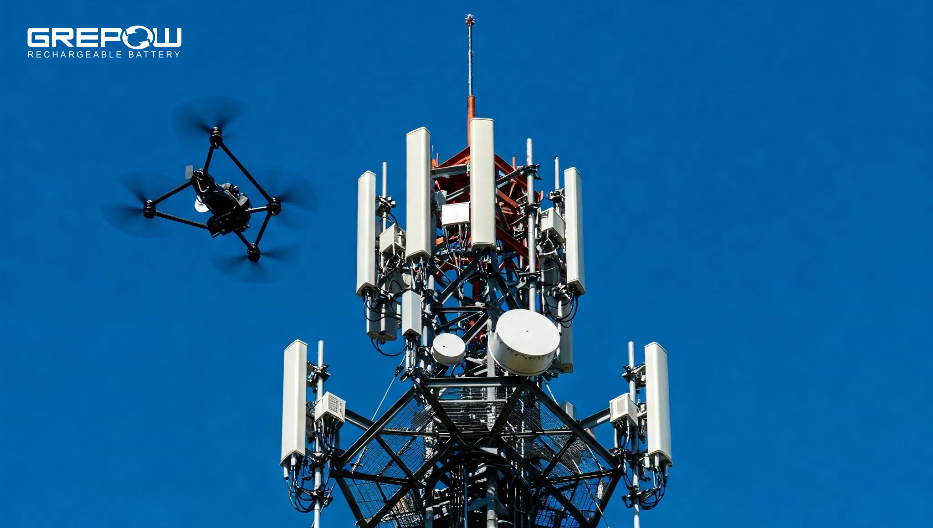
What Is an Inspection Drone?
2025-04-21 -
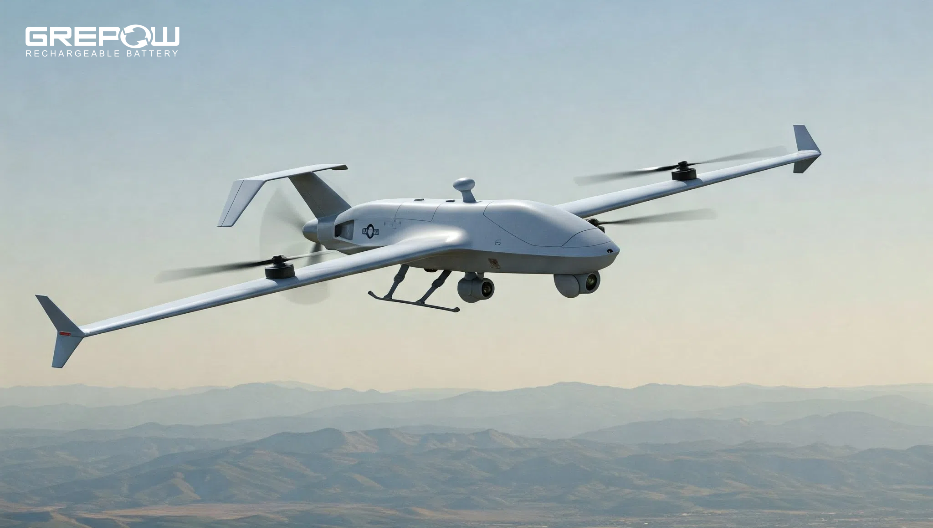
What Is a Long Endurance Drone?
2025-04-16 -

Empowering Drone Training with Grepow’s Tailored Battery Solutions
2025-04-15




